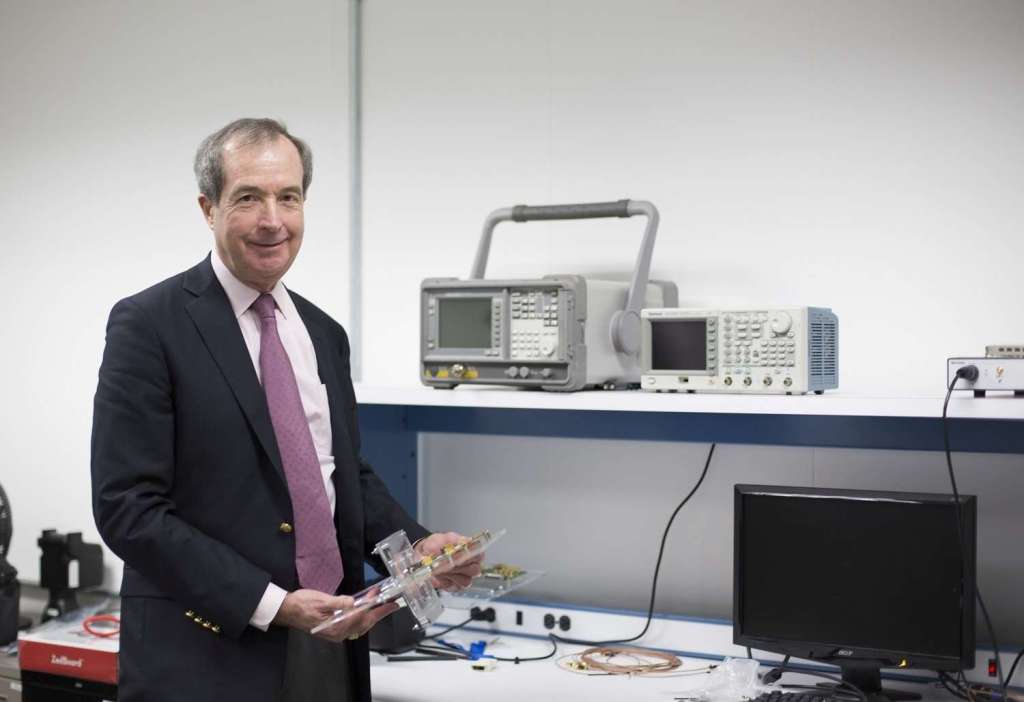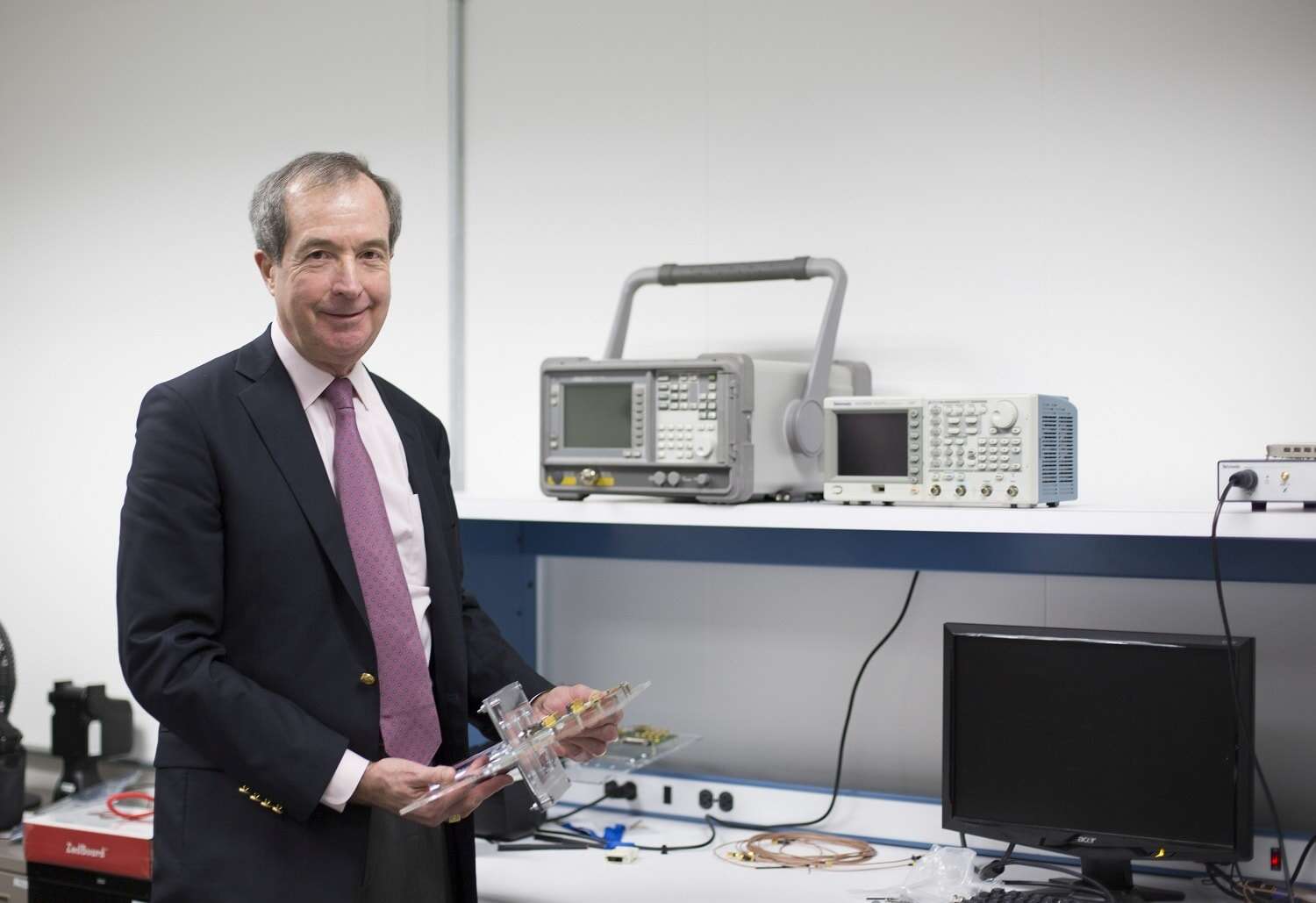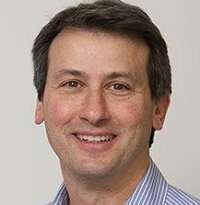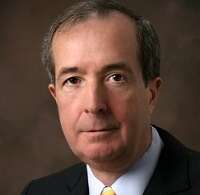‘Dire Need’ for Propagation R&D
Article By : John Walko

There is insufficient fundamental research being done on wireless communications infrastructure, according to Tom Marzetta, incoming director at NYU Wireless.
There is insufficient basic or ‘fundamental’ research being done by companies involved in developing and manufacturing wireless communications infrastructure, according to Tom Marzetta, the recently named director of NYU Wireless, one of the world’s leading centers for such work.

(Photo: NYU Wireless)
Marzetta has taken over at NYU Wireless after the founder of the group, Theodor (Ted) Rappaport, resigned from the full-time role. Rappaport has decided to embark on a ‘victory lap’ with his wife and travel widely to make up for time lost following recovery from acute myeloid leukaemia in 2015.
For about three years, the Center, part of the NYU Tandon School, was led by Professor Sundeep Rangan, until Rappaport was able to return to work last year. Rangan remains as an associate director of one of the world’s highest regarded centers for wireless research. Marzetta, meanwhile, joined from Bell Labs in 2017 as a distinguished industry professor of electrical and computer engineering.
From Rappaport to Marzetta
Marzetta is renowned for developing and originating the deployment of massive MIMO technology during his 22-year tenure at Bell Labs. He takes over from Rappaport, the engineer who led the group’s pioneering use and understanding of millimeter-wave (mmWave) frequencies, which became the cornerstone of 5G technology.
Before Rappaport published his seminal paper in 2013 “Millimetre Wave Mobile Communications for 5G Cellular. It will Work”, few in the industry acknowledged the possibilities of tapping that underutilised part of the spectrum.

Interestingly, it seems the two inventors have somewhat diverging views on how the emerging THz technology will impact the telecoms infrastructure sector as we get to 6G.
It seems Rappoport is almost singularly committed to exploiting the potentials of the higher frequency regions of the EM spectrum in part because they are so vast and underutilised.

Marzetta seems more concerned for the dire need for fundamental propagation research as a means of creating huge opportunities for and possibilities in the increasingly crowded RF bands.
Beyond massive MIMO
In one of his first interviews since taking up his new role, Marzetta said one immediate focus of his work will be a “whole series of interconnected concepts and principles of operations that might result in wireless systems that work at previously unimaginable levels in the terahertz region.”
“I call this concept ‘Beyond Massive MIMO. It will need to significantly improve on all existing modes of how tiny antennas function.”
He acknowledges such ideas are still at a very early stage: “They are mainly theoretical ideas, not even in the lab yet, and serious mathematical computations over the next three years will prove whether they will work or not. But then that is the way the concept of massive MIMO became today’s reality. I conceived the concept in 2008. We are 10 years in, and that kind of rate of take-up seems typical of this industry”.
Marzetta adds massive MIMO and its ramifications are likely to be around for many, many years and will clearly be improved upon over time. Early 5G-able deployments are showing its ability to hugely increase network capacity and decimate per bit traffic costs without needing more spectrum. A massive MIMO network typically allows more than one data signal to be transmitted and received simultaneously over the same radio channel; they have numerous antennas (compared to standard MIMO networks that consist of two or four). And they can use beam-forming for even better spectral efficiency.
Asked what changes he might implement in the way NYU Wireless operates in the future, Marzetta quickly responds there is no big need for changes. “We have a modus operandi that is working well and that has proved itself.”
Need for more physics, new thinking
But he adds he sees an opportunity to be perhaps a little bolder in the near term, to be riskier going forward.
“I don’t think some of the current, simplified models will work for much longer. We need more physics, new thinking. All the current wireless technologies and many of those under development are actually grounded in notions developed in the 19th century and suffer from fundamental limitations of electromechanical propagation that need to be questioned.”
And we need to work closer with colleagues in other engineering departments here at Tandon and elsewhere,” Marzetta told EE Times.
“That is the way to get bigger, get better. For instance, I plan to spend an increasing amount of time with colleagues in the medical school here and hopefully come up with amazing possibilities linking the wireless and medical worlds, such as finding novel applications for neural transmitters.”
Then there are the many opportunities for linking his department’s wireless research and the work within the civil engineering group. “I always foresaw massive MIMO as an amazing advance for two-way communications. So here we are, overlooking Brooklyn Bridge. There must be a very worthwhile project almost on our doorsteps of a wireless telemetry network deploying two-way sensors that would monitor modes of vibration on the bridge to ensure its long-term structural safety.”
Looking for big, tough problems to solve further afield, Marzetta focuses on his love of southern Italy and the ‘inevitability’ that Vesuvius will erupt again. “Tens of thousands will surely perish and the Italians will not be able to cope. What if a multidisciplinary team would deploy tens of thousands of tiny wireless sensors in a telemetry system so the authorities can at least have some better warning of the catastrophe?”
Marzetta was reflecting on this as he related that the first time Bell Labs came calling, soon after he graduated, he chose to join oil exploration group instead for a 9-year spell there working on pioneering projects focusing on geophysical signal processing.
“To grow NYU Wireless, we will continue to build on our strengths by devising new applications for 5G communications.” Some of this work, he stresses, will be in tandem with its Industrial Affiliates program, which he is keen to extend from the current 16 participants that includes companies such as AT&T, Qualcomm, Ericsson, Samsung, Sony, NI and Sprint.
And he agrees that he has big shoes to fill, following in the footsteps of Ted Rappaport, who, he stresses, remains founder president of the organization “and very luckily, he will continue to be around to hep and consult where necessary, though not teach.”
Marzetta also confirmed that Rappaport will continue to work on the very successful and pioneering annual ‘Brooklyn 5G Summit’ organized by the team at NYU Wireless.